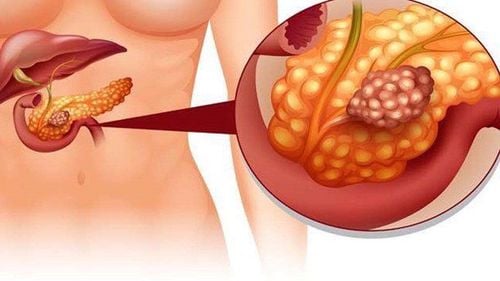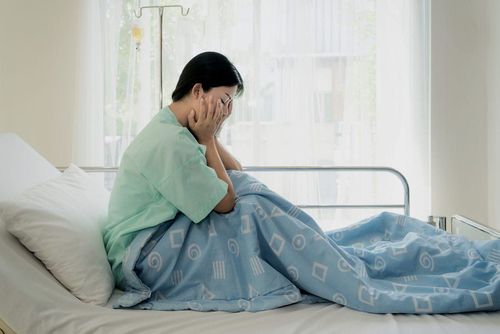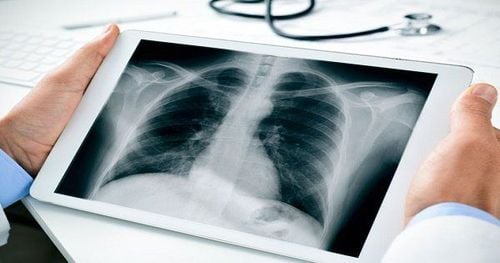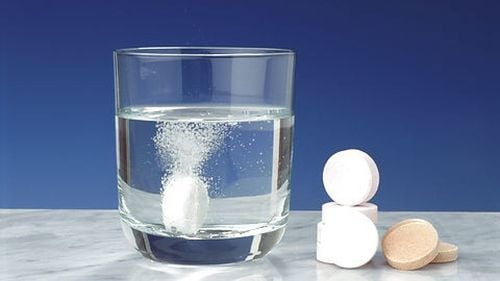This is an automatically translated article.
The article is professionally consulted by Master, Doctor Nguyen Viet Thu - Doctor of Radiology and Nuclear Medicine - Department of Diagnostic Imaging and Nuclear Medicine - Vinmec Times City International General Hospital. Dr. Nguyen Viet Thu has more than 20 years of experience working in the field of diagnostic imaging, former Secretary of the Hanoi Department of Radiology, directing the lower level in the field of Diagnostic Imaging.Kidney and bladder stones are solid accumulations of crystals made from minerals and proteins found in urine. Certain bladder conditions and urinary tract infections can increase the likelihood of stone formation.
1. What are kidney and bladder stones?
Kidney or bladder stones are solid accumulations of crystals made of minerals and proteins found in urine. Bladder diverticulum, enlarged prostate, neurogenic bladder, and urinary tract infections may increase the risk of bladder stones.If a kidney stone falls and gets stuck in the ureter, it can cause constant severe pain in the lower back or side (renal colic), vomiting, hematuria (hematuria), fever. ..
If bladder stones are small enough, they can be eliminated in the urine without noticeable symptoms. However, as they get larger, bladder stones can cause frequent urination, painful urination, difficulty urinating, and/or hematuria.

2. How are kidney and bladder stones diagnosed and evaluated?
Based on images, your doctor will provide you with valuable information about kidney stones or bladder stones, such as their location, size and risk of affecting kidney function. Some of the imaging techniques your doctor may ask you to perform include:CT of the urinary system: This is the fastest imaging technique to locate stones. This procedure can provide detailed images of the kidneys, ureters, bladder, and urethra, identify stones, and assess whether it is causing urinary retention. Usually just a CT scan without contrast is needed, but in some cases your doctor may recommend a contrast scan to show the urinary tract. Urinary system ultrasound: Ultrasound can provide useful images of urogenital structures without exposing the patient to ionizing radiation as with CT scans. Furthermore, ultrasound is quite common and inexpensive. Its limitations are that it depends on the skill of the sonographer, the patient is too fat, and it takes a long time to find the ureteral stone. In order to get a good picture, the bladder needs to be full of urine. This technique uses sound waves to provide images of the kidneys and bladder, which can identify blockages in the flow of urine and identify stones.
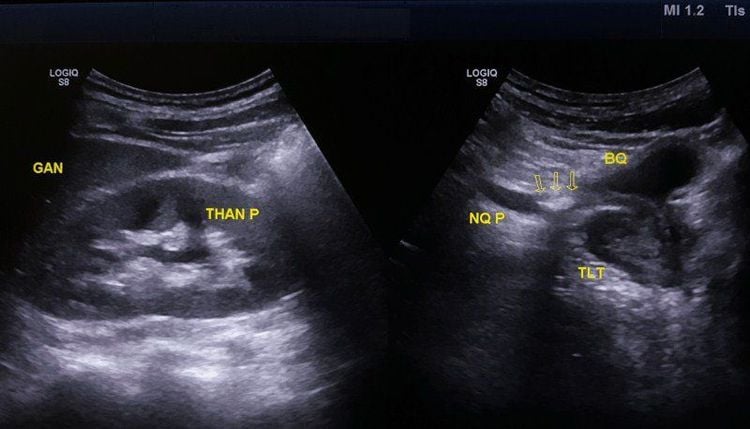
Kidneys: evaluate the shape, structure, hydronephrosis, stones and tumors. Ureteral: evaluate for stones and causes of obstruction, site of obstruction, and ureteral dilatation. Bladder: evaluate bladder volume (eg, residual volume immediately after voiding; suspect urinary retention due to bladder neck obstruction), diverticula, wall thickening, polypoid lesions, tumors and bladder stones. Prostate: assess the size, condition of parenchyma, some cases see urethral stones passing the prostate. Unprepared urography: may be done to check the location of stones and or to monitor urinary stones after treatment. However, when diagnosing urolithiasis, unprepared radiographs are not the preferred choice because of their lower sensitivity than CT and lack of anatomical detail.
X-ray of the urinary system prepared: After injection of water-soluble contrast material into the vein, it will clearly show the image of the kidneys and urinary system. Non-ionizing isotonic contrast agents (eg, iohexol, iopamidol) are now widely used; They have fewer side effects than older high-osmolar drugs, but they still carry a risk of acute kidney injury (contrast nephropathy) so patients should have kidney function tests done before they can. take a shot. Alternatively, contrast can be injected downstream through the skin, or upstream through cystoscopy. Contraindicated in all patients who are allergic to iodine and have risk factors for contrast-induced nephropathy.
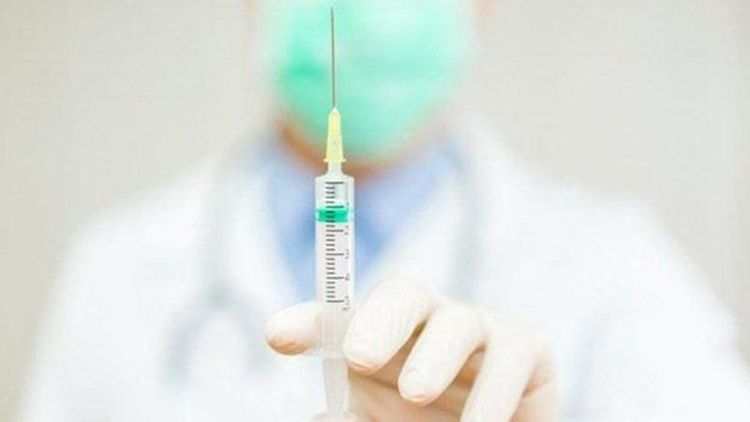
3. How to treat kidney stones and bladder stones?
Your doctor may choose to be:Medical treatment: in case of small, uncomplicated stones. Percutaneous endoscopic lithotripsy: is a special endoscopic method for the treatment of kidney stones and ureteral stones with high efficiency. The patient will be under general anesthesia, then the surgeon will insert a lumbar puncture tunnel into the kidney under ultrasound guidance. The doctor uses laser energy to break the stone into small pieces and then suck it out through the tunnel. Then, the doctor will place a catheter from the kidney to the bladder (sonde JJ) to help improve circulation. The patient will be scheduled for a follow-up visit after about 1 month, and will be assigned to take X-ray of the urinary system to evaluate the efficiency of lithotripsy and remove the JJ catheter. Laser retrograde endoscopic lithotripsy: Similar to the above method, it uses a laser to break the stone into very small stones, from which the stone will be removed through endoscopic urine retrograde, often used to Treatment of ureter and bladder stones. Open surgery: cases of coral stones that are too large, failure of lithotripsy treatment, cases that need to be removed when the kidney is no longer functional ... In addition, methods of lithotripsy outside the body... less is applied. Currently, at Vinmec International General Hospital, there are fully modern facilities, ultrasound, X-ray, CT machines to perform examination and diagnosis of urinary pathologies such as kidney stones, stones. bladder. The entire process of examining and diagnosing diseases at Vinmec is performed by experienced specialists who have many years of work in the profession, which will produce accurate and true images, contributing to the overall health of the patient. small on diagnosis, staging and follow-up after treatment.
Please dial HOTLINE for more information or register for an appointment HERE. Download MyVinmec app to make appointments faster and to manage your bookings easily.
Reference source: radiologyinfo.org






